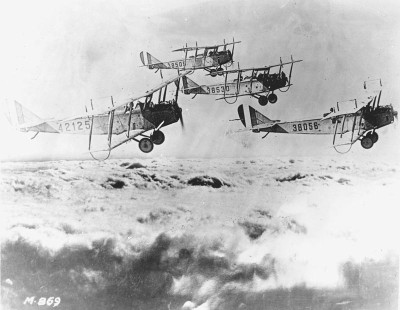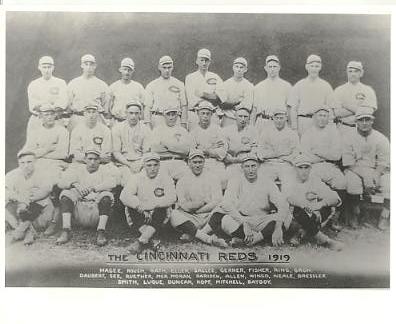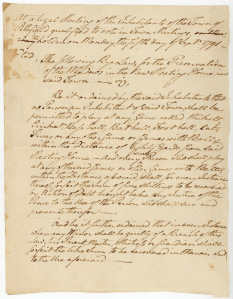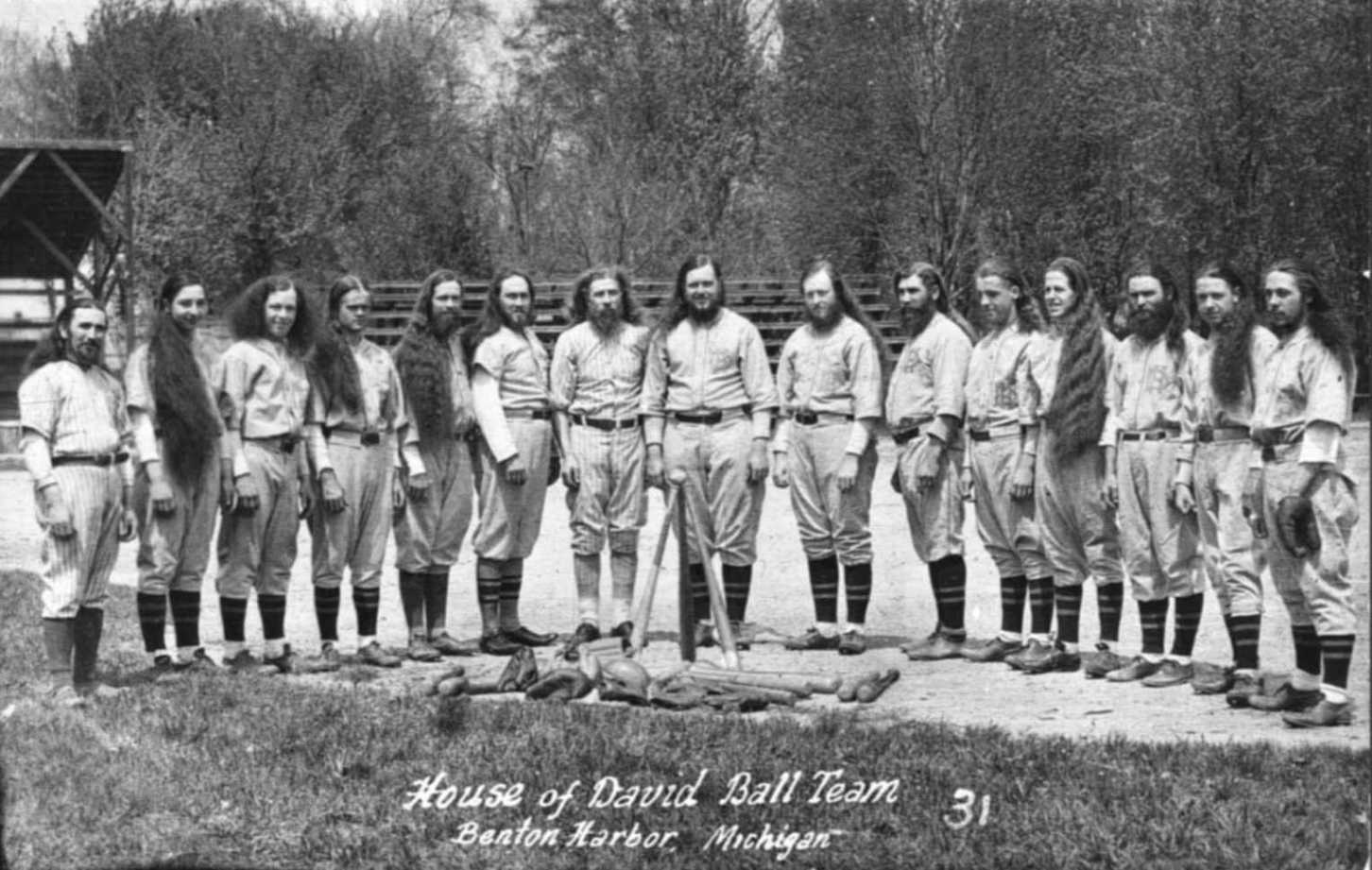Barnstorming, and Baseball, A Match Made In Heaven.
But Baseball Was Not Love At First Sight

All of this work is licensed under a Creative Commons Attribution 4.0 International License.
Barnstorming and Baseball was not love at first sight. In Pittsfield, Massachusetts, 1791, an ordinance existed that banned the playing of baseball within 80 yards of the town meeting house.
The game was viewed initially as a child's game and many felt that it offered little redeeming value. The playing of this new game was prohibited in many communities and neighborhoods.
Not the glorious beginning for America's game. But the game itself, in this authors opinion, was nearly perfect. Once played, a portion of the brain becomes infected and an addiction ensues (There is no medical evidence supporting this statement, it is just my attempt at levity).
Then came along a practice called Barnstorming, a new marketing vehicle that would spread baseball throughout every nook and cranny of our society.
Sometimes refereed to as a traveling circus, it was born as an early American marketing tool that was used to spread and disseminate information. The term comes from an earlier tradition founded in rural political campaigns.
It was Baseball, however, that adopted this practice and turned it into a business model that is still in use today.
Barnstorming Baseball Explodes
In Aviation

This popular form of entertainment did not become a formal phenomenon until the 1920's. Aviation was one the first industries to embrace the new business model and used it extensively after World War I. After the War the United States was left with an surplus supply of training aircraft called Jennies (Curtiss JN-4s).
At a cost of $5000.00 this surplus was sold off by the government at a reduced cost of $200.00 thus providing young aviation entrepreneurs with the fuel needed to start new businesses.
Barnstorming in baseball was used much earlier than the aviation boom in the 1920's and it was at the core of the growth and popularity of the game of baseball. According to Hall of Fame records, the first formal barnstorming in baseball took place as early as 1860.
Baseball Takes It On The Road
Baseball's traveling tours would be a different animal altogether when compared to what was seen in aviation. In baseball the practice quickly evolved into a means for making a living. Players and owners alike recognized early that money could be made from the playing of baseball. It proved to be an ideal tool to market this new, baseball product, for team owners as well as offering player the ability to supplement their family income.
It was such an effective tool that it became an institution in the Negro Leagues once blacks were banned from playing in the professional leagues.
The following timeline provided by Sandlotstats.com(http://www.sandlotstats.com/PDFs/Barnstorming-Ch6.pdf) outline the early baseball barnstorming tours.
1874 : Red Stockings and Athletics tour Great Britain
Supplementary Readings for Sandlot Stats by Stanley Rothman Page 2
1875 : Blondes vs. Brunettes, first female tour
1888-1889 : Albert Spalding takes Major Leaguers on world tour
1890-1899 : Bloomer Girls teams begin touring
1913-1914 : The New York Giants and Chicago White Sox tour the world
1915 : House of David barnstorm tour
1921 : Babe Ruth and Yankees barnstorm, violating Major League Baseball rules
1927 : Bustin’ Babes and Larrupin’ Lous tour America
1929 : Kansas City Monarchs tour with portable lighting system
1934 : Major Leaguers with Babe Ruth tour Japan
1946 : Bob Feller’s All-Star tour against Satchel Paige’s Negro All-Stars
1994-1997 : Colorado Silver Bullets women’s team tour against men’s teams
2010 : Los Angeles Dodgers go to Taiwan on goodwill tour
Baseball Grows Into A Business.

By 1857 there were over 400 established baseball teams spread throughout the Northeast. Baseball team owners were in heated competition for the best possible players to fill their teams. Better players produced wins on the field which turned into fans in their stadiums which translated into profits for the owners.
Players understood that same concept and would soon start to offer their services to the highest bidder. Team hopping or jumping became the players most effective tool and this new,baseball touring phenomenon, exasperated the use of that tool.
Team owners would be forced into a gentlemen's agreement to not steal players. This agreement formed the foundation for the implementation of the Reserve Clause that would become part of major league baseball.
A agreement that was vital to the future of the business of baseball and served as a means of protecting player investment along with controlling, what was then, the out of controlled player costs.
Talent was A Bargaining Tool
Talented players formed, hand picked, traveling teams which served as the off season alternative for players to get paid for playing during their off season.
Owners, however, balked at the idea of their players generating profits that they would never see. They attempted to ban their players from playing in traveling tours but their attempts were met with limited success.
This marketing tool would continue in baseball through as late as 1946. Its practice helped to hasten the development of the start of a collective bargaining agreement that is now the pillar supporting the business model of Professional sports.
The game of baseball would continue to grow with the use of this cleaver tool.
The game of baseball, itself, would continue to be deeply challenged with the social militias of the times and the affects of professionalism out of control.
But through it all our game continues to grow and prosper. Which helps to illustrate that Barnstorming and Baseball was truly a match made in heaven.



New! Comments
Have your say about what you just read! Leave me a comment in the box below.